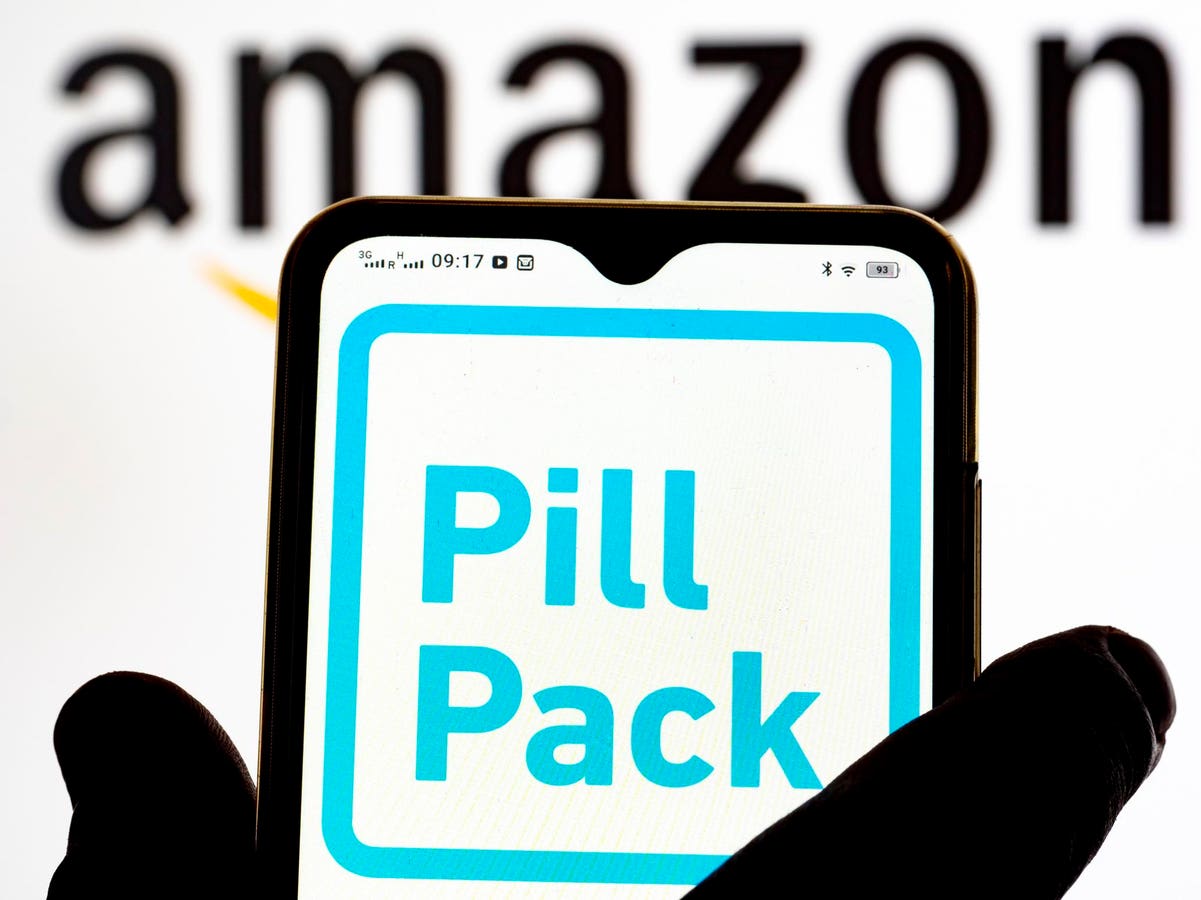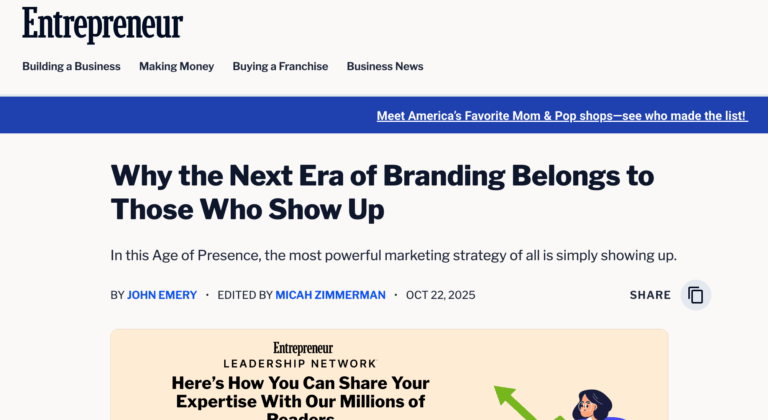Why It Matters
Define Ventures’ new report provides a clear framework for how enterprise healthcare, particularly Big Pharma, is transitioning from AI exploration to execution. It focuses on core categories, including clinical R&D, digital biomarkers, and AI-powered infrastructure, highlighting the opportunities and bottlenecks that matter most to large-scale industry players. While its lens is focused on enterprise adoption, the broader implications of these shifts extend across the full healthcare ecosystem—from tech-enabled care delivery to next-generation data models.
The AI Shift in Pharma Has Begun—With Diverging Strategies
This week, Define Ventures, one of the largest early-stage health tech investors, released its first-ever report about how the pharmaceutical industry is adopting AI. Based on insights from C-suite executives at 16 of the 20 largest pharma companies and tech leaders at AWS, NVIDIA, and OpenAI, the report confirms what many have sensed: pharma is finally moving from pilot projects to platform strategies. Over 85% of surveyed leaders now call AI an “immediate priority.”
AI is no longer a fringe experiment in pharma—it’s becoming foundational. Yet its adoption remains uneven. Large pharmaceutical companies are investing in clinical trial optimization, predictive modeling, and intelligent infrastructure. Meanwhile, other parts of the healthcare ecosystem—from digital health platforms to new modalities of drug delivery—are innovating in parallel, often with greater agility. The enterprise lens of Define Ventures’ report captures one powerful dimension of the shift, but the ripple effects reach well beyond.
Many startups and compounding pharmacies are already using AI to reshape how drugs are developed, personalized, and delivered. As I wrote in A Dose of Disruption, compounders are leveraging AI and regulatory gray space to deliver alternatives to GLP-1 blockbusters at scale. In The $10 Billion Disruption, I outlined how these players are combining compliance, fulfillment, and AI-powered workflows—without waiting for Big Pharma’s approval.
The Market Is Massive—And Fragmenting
The global AI in drug discovery market is projected to reach $11 billion by 2030, with AI in healthcare broadly exceeding $100 billion. Drug development is expensive, slow, and increasingly risky. The Inflation Reduction Act has intensified pricing pressure. GLP-1 drugs, such as Ozempic and Mounjaro, have triggered a scramble for real-world data, faster trials, and differentiated delivery.
And consumer expectations are rising. Patients increasingly expect the same speed and personalization from healthcare that they receive from Amazon Prime. While legacy healthcare systems wrestle with integration, Amazon is bypassing them altogether. By acquiring PillPack and One Medical, it’s constructing a parallel infrastructure—one that treats fulfillment, primary care, and patient data as a single, streamlined product.
From Pilots to Platforms: Pharma’s AI Maturity Leap
The Define report outlines a significant shift: 93% of pharma leaders consider medical writing a top AI priority, while 80% are focused on reducing the cost of therapeutic discovery. Many companies are evolving from internal builds to hybrid models, balancing proprietary control with the speed of external partners.
But enterprise deployment is still deliberate. Success hinges on regulatory alignment, governance, and measurable ROI. Even in low-risk workflows, such as documentation, vendors are expected to integrate seamlessly and demonstrate impact within months, not years.
AI’s Role in Drug Development: From Hypothesis to Molecule, Faster
AI is no longer just an automation tool—it’s being deployed to rethink the entire discovery process. According to Define’s report, 80% of pharma executives are prioritizing AI to cut therapeutic development costs, and 77% are using it for target identification.
Real-world examples include:
- Sanofi, partnering with OpenAI and Formation Bio to build pharma-specific foundation models.
- Pfizer, using platforms like XtalPi for molecular screening and modeling.
- AstraZeneca, collaborating with BenevolentAI to uncover novel targets in kidney and fibrotic diseases.
- Roche and Recursion, combining phenomics with ML for scaled biological insight.
- Amgen, reengineering internal workflows through its enterprise AI council, focusing on cross-functional execution.
These investments suggest that AI isn’t just improving R&D—it’s becoming its infrastructure.
The Quiet Revolutionaries
While legacy pharma players command headlines, a faster, more capital-efficient transformation is underway at the periphery. Startups are rebuilding pharmaceutical infrastructure from the ground up—deploying AI across diagnostics, prescribing, and fulfillment to create fully integrated, patient-facing platforms.
As I detailed in my recent reporting, companies like BlueChew, Musely, and Dutch are leading this wave. Each has quietly built a direct-to-consumer, vertically integrated stack that combines telehealth, asynchronous care, and pharmacy fulfillment at scale. Musely, for instance, has surpassed $100 million in annual recurring revenue with under $10 million in outside capital. Dutch, meanwhile, supports over 100,000 pet telehealth visits monthly and recently expanded into AI tooling for veterinary clinics, further embedding itself into provider workflows.
These aren’t just digital wrappers on existing systems—they’re engineered replacements for what traditional pharma has been too slow to build. Their defensibility stems from a combination of regulatory fluency (leveraging 503A/503B compounding exemptions), proprietary care protocols, embedded AI decision support, and deep integration between provider, patient, and pharmacy.
Critically, these companies operate with superior margins by compressing CAC through owned channels and increasing LTV via subscription-based formularies and condition-specific treatment plans. Their data advantage compounds with every interaction, feeding back into personalization and fulfillment efficiency.
They may not yet appear in JPMorgan presentations or pharma M&A pipelines—but they’re reshaping patient expectations and redefining pharma distribution economics. The enterprise curve may lag, but the infrastructure—AI models, telehealth rails, and real-time fulfillment—is already here.
For investors, this isn’t just a healthtech play. It’s a category-defining thesis on the unbundling and replatforming of pharma.
One of the clearest case studies in this shift? The GLP-1 boom—where traditional commercialization has met its most agile challengers yet.
GLP-1s and the New Commercialization Playbook
The GLP-1 gold rush has become a proving ground for new commercialization models, especially among compounding pharmacies operating in the regulatory gray space. With demand for weight loss drugs like semaglutide and tirzepatide outpacing supply, compounders have stepped in to offer alternatives, often leveraging telehealth platforms and vertically integrated fulfillment to bypass traditional GTM barriers. While Big Pharma focuses on payer negotiations and clinical pipelines—often pricing millions out of access in the process—these challengers are capturing market share with speed, convenience, and direct-to-consumer access. The result is a pressure test not just for regulatory enforcement, but for how pharmaceutical products are brought to market in an era where infrastructure—not just IP—defines competitive advantage.
The Startup Advantage: Platform Thinking, Real-World Speed
Define’s report offers a blueprint: lead with a wedge use case, deliver measurable ROI, and build for scale.
Growth stage startups like Benchling, Unlearn.AI, Owkin, Arda, and Octant are executing on that playbook. But some of the sharpest momentum is coming from startups solving infrastructure pain points:
- Suki AI utilizes generative voice AI to automate clinical documentation and is already scaling with major provider networks—proof that low-friction, high-burden workflows can be transformed more quickly than drug pipelines.
- Asepha, a Canadian startup relocating to New York, has just raised a $4 million seed round (five times oversubscribed) led by Glasswing Ventures and Core Innovation Capital. Founded by pharmacist Eunice Wu and a former AMD chip engineer behind the MI300X, Asepha deploys interoperable AI agents inside pharmacies to automate intake calls, handwritten prescription processing, and documentation.
Early traction:
- 96% accuracy in processing handwritten scripts
- Two-thirds of call volume is handled autonomously.
- 71% pharmacists’ preference for AI-generated responses
- Already working with Fortune 50 customers, Asepha represents a new class of AI-native, systems-first startups that solve deep technical and compliance pain points at the pharmacy layer.
These are the companies that don’t wait for pharma—they design around it.
The Blurring Lines: Pharma, Telehealth, and Distribution Converge
From Wisp and WellTheory to Dutch and Truepill, VC-backed platforms are now diagnosing patients, writing prescriptions, fulfilling meds, and delivering ongoing care—all inside tech-native stacks.
What used to require partnerships across five vendors can now be done under one roof. Amazon’s healthcare verticals, powered by Prime, One Medical, and PillPack, only reinforce this model.
As silos collapse, AI becomes the connective tissue. And the companies winning aren’t necessarily those with the best models—they’re the ones who own the full experience.
Conclusion: The Future of Pharma AI Is Up for Grabs
Define Ventures is right: the next 12 to 24 months will shape how AI is embedded in pharma. C-suite leaders are moving from exploration to enterprise strategy.
However, real disruption is already here—from startups building AI-native infrastructure to pharmacy-first platforms that treat compliance, fulfillment, and care as a single system.
The next generation of AI leaders in healthcare won’t be determined by size, but by execution. They’ll be the companies fluent in science, compliance, and ROI, who design systems that pharma will ultimately depend on.
For pharma executives, the imperative is to partner boldly and measure relentlessly. For founders, the moment is now to prove value before Big Tech outflanks everyone. For investors, this represents the power shift that healthcare has been slow to address.
The AI revolution in the pharmaceutical industry is underway. But who defines it—still remains in play.















